Planting beets before winter
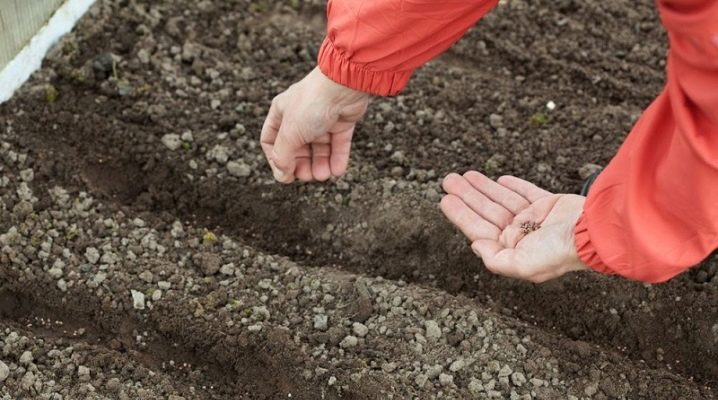
Beets are among those plants that can be planted in the soil not only in spring but also in autumn. But, when planning pre-winter sowing of seeds, it is important to study all the features of this procedure in advance.
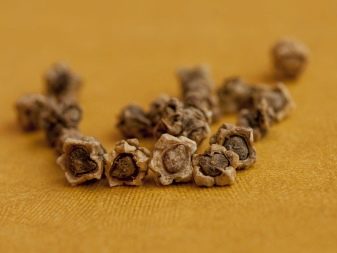
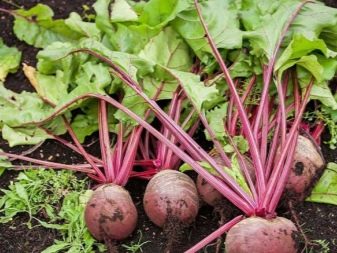
Advantages and disadvantages
This method of planting plants has several advantages.
- Save time... In the spring, gardeners always have a lot of worries. Planting beets before winter saves a little time. In addition, in the fall, seeds can be planted in the soil without pretreatment, so that the fall planting of beets takes less time.
- The opportunity to get a decent harvest... By sowing plants in the fall, vegetables can be obtained several weeks earlier. In addition, because the seeds are hardened in cold soil, beets grow stronger and more resistant to temperature extremes.
- Convenience... You can plant beets before winter at any suitable time. The gardener does not have to wait for the snow to melt or the moment when the soil warms up enough.
But this planting method has its drawbacks. First of all, it is worth noting that if the seeds are sown early in the fall, then the seeds will have time to germinate before the onset of frost, and then they will die from the cold. If the area on which the beds are located is regularly melted by melting snow, the beets can also be destroyed.
However, if you follow all the rules, the gardener can count on a good harvest of beets.
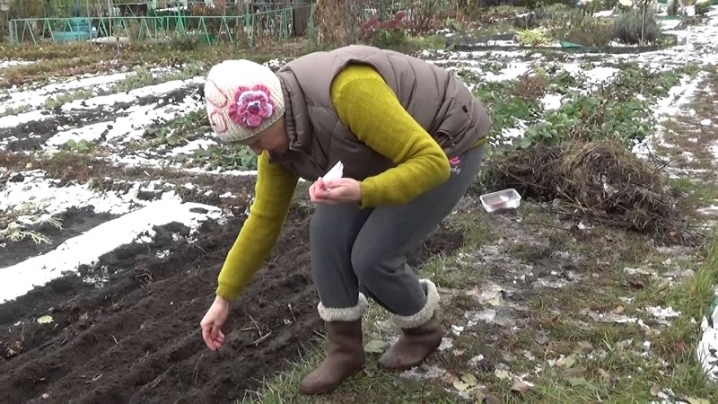
Suitable varieties
For planting on your site, it is worth using varieties that tolerate cold well. It is recommended to pay attention to the types of beets listed below.
- "Red ball". It is a cold hardy winter beet that ripens very early. It has a dark red flesh with a sweetish flavor. The fruits grow large. The average weight of each is within 250 grams.
- "Pablo F1". It is a hybrid variety bred by the Dutch. Such podzimny beet grows not too large. But it is very tasty. Plants are resistant not only to cold weather, but also to most common diseases.
- "Pronto"... This is another popular Dutch variety. Root crops have a neat round shape and a weight of 150-180 grams. They are perfectly stored and can be used to prepare a wide variety of dishes.
- "Egyptian flat". This is a mid-season variety. As the name implies, its fruits are flat in shape. They are large and dark. The taste of such beets is sweet and very pleasant.
- "Northern ball"... This variety is early and cold resistant. The weight of grown and ripe fruits is 200-300 grams. They taste good and can be stored for a long time in a basement or pantry.
- "Captain"... These roots are bright red in color and have a shiny surface. Average fruit weight - 200-300 grams. They ripen very quickly. The taste is very pleasant.
- "Dining room Matryona"... Beets with such an unusual name have an oblong shape and rich color. The fruits are very large in size. But they ripen for a long time.
All of these beet varieties are easy to find on the market. Each seed package has special marks.
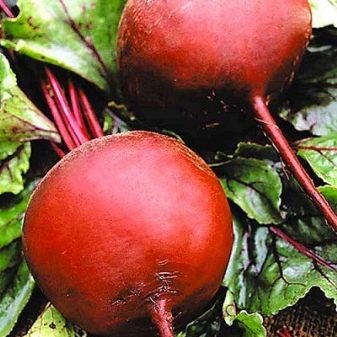
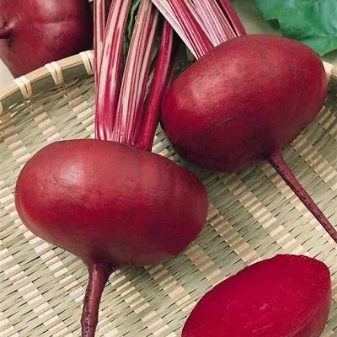
How to plant correctly?
You can plant beets in the fall after the air temperature drops to zero degrees. In central Russia, sowing root crops should be planned for early November. In the northern regions this is done 2-3 weeks earlier, in the southern regions - a little later. The gardener should not rush. Planting too early will definitely not benefit the plants. When planting beets for the winter, it is important to choose the most suitable place for future beds.They should be located in a well-lit area. You shouldn't sow beets in the lowlands... This can cause the seeds to be washed away with melt water. It is not worth planting them in an area where groundwater is located too close to the surface of the earth.
When choosing a suitable place, one must not forget about crop rotation... It is recommended to plant beets in an area where tomatoes, cucumbers or potatoes were previously grown. It is impossible to grow the vegetable in question in one place from year to year. This will lead to the impoverishment of the soil. Because of this, the fruit will be small in size and unnatural in shape. In addition, beets are not planted in areas where carrots or cabbage have previously grown. They also take a large amount of essential nutrients from the soil. Before planting, the site can be dug up. This procedure will make the soil softer and looser. In addition, in this way the gardener destroys the eggs of pests, as well as pathogenic bacteria. Digging is usually carried out to a depth of 10–20 centimeters. After that, the remaining lumps are gently broken with a rake.
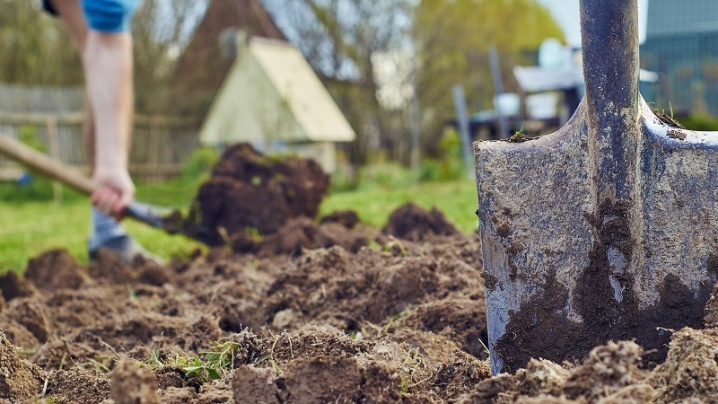
To increase the germination of winter beets, it is worth sowing 20-30% more seeds than in spring. Some gardeners disinfect them for reliability. To do this, they are soaked in a warm solution of potassium permanganate, and then dried by spreading them out on paper or a towel. But this procedure is optional. Under the influence of frost, the seeds will undergo stratification anyway. Therefore, seedlings will appear on the site at the same time.
The disembarkation process consists of three stages.
- To begin with, you need to make several grooves on the site. The depth of each of them should be within 4-5 centimeters.
- Next, you need to spread the seeds in them. Do not stack them too close to each other.
- Sprinkle a layer of fertile soil on top of the grains. You can also use a mixture of soil, compost, and sand instead. It is worth connecting them in equal proportions.
Watering the beds after planting is not recommended. Residents of cold regions are recommended to additionally cover the area with beets for the winter. To do this, you can use spruce branches, dry sawdust or foliage remaining after harvesting the site.
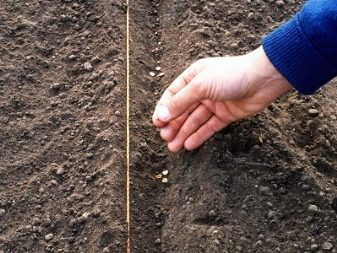
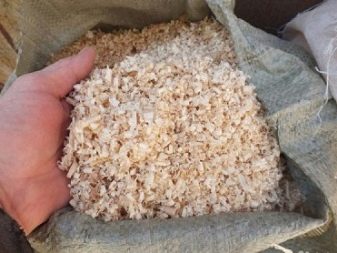
Follow-up care
For plants to thrive, they also need to be cared for in the spring. It is worth paying attention to important agrotechnical measures.
- Site cleaning... In the spring, it is important to clear the site of mulch, branches and various debris. Do this after the snow melts. This process can be accelerated by sprinkling the snow cover with dry wood ash or clean coal dust. Next, the ground needs to be slightly loosened with a rake and covered with transparent film. It will be possible to remove it only after the first shoots appear.
- Thinning... Approximately 10-12 days after the emergence of sprouts, the beets are thinned out. At this stage, only the strongest shoots should be left. It is worth doing this on cloudy days.
- Loosening... So that the fruits that are underground do not weaken and do not crack, the soil next to the plants must be loosened. In the process, it is important to remove all weeds that appear on the site. They are best disposed of in a compost pit.
As soon as the tops begin to turn yellow and wither, the gardener will need to start collecting the beets. At this time, the fruits are already large enough. If done correctly, beets planted in the fall will delight gardeners with good yields.
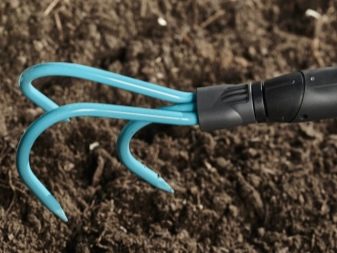
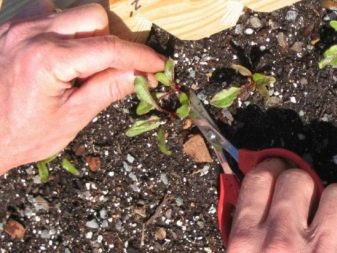












The comment was sent successfully.